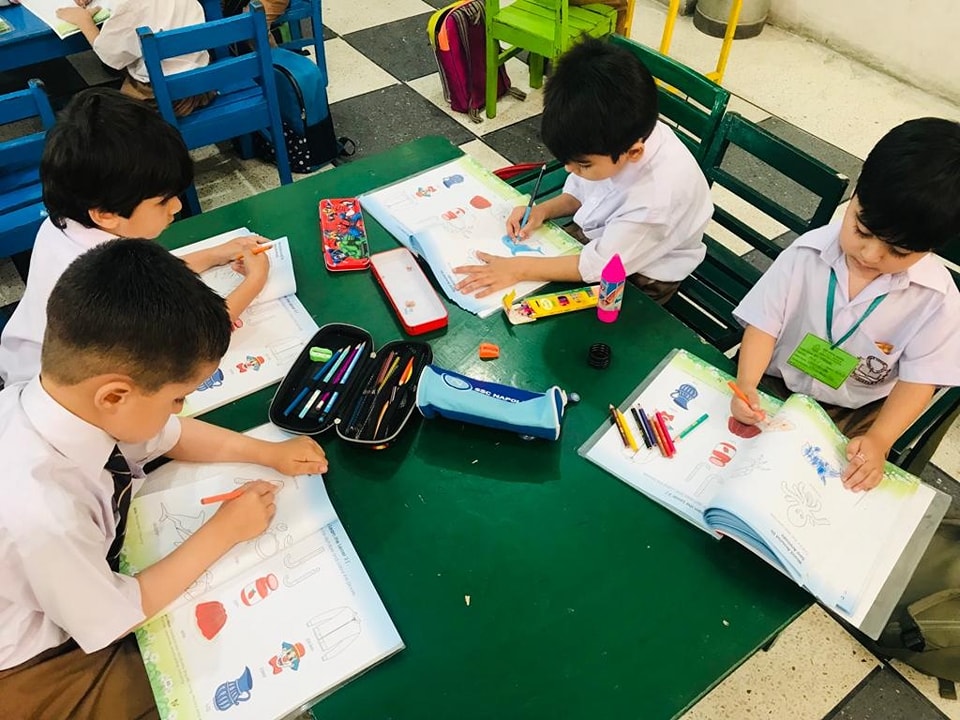
Drawing
About Drawing
Drawing is a fundamental form of visual expression that allows individuals to communicate ideas, emotions, and observations through the use of lines, shapes, and textures. It is a timeless art form that has been practiced by humans for centuries, serving as a universal language of creativity and communication.
Drawing offers a unique way to observe and interpret the world around us. It encourages individuals to develop keen observational skills, to notice details and nuances, and to capture them on paper. By closely studying objects, people, landscapes, and textures, artists learn to see the world in a new light and appreciate the beauty in everyday life.
Drawing is not limited to a specific skill level or age group. It is a skill that can be learned and developed over time through practice and experimentation. From simple sketches to intricate compositions, each stroke of the pencil or pen becomes a step towards honing artistic abilities and personal artistic style.
Drawing is a versatile tool that can be integrated into various academic disciplines. It complements subjects such as science, history, and literature by allowing students to visually represent concepts, illustrate processes, and depict narratives. It fosters visual thinking and enhances overall creative thinking skills.

